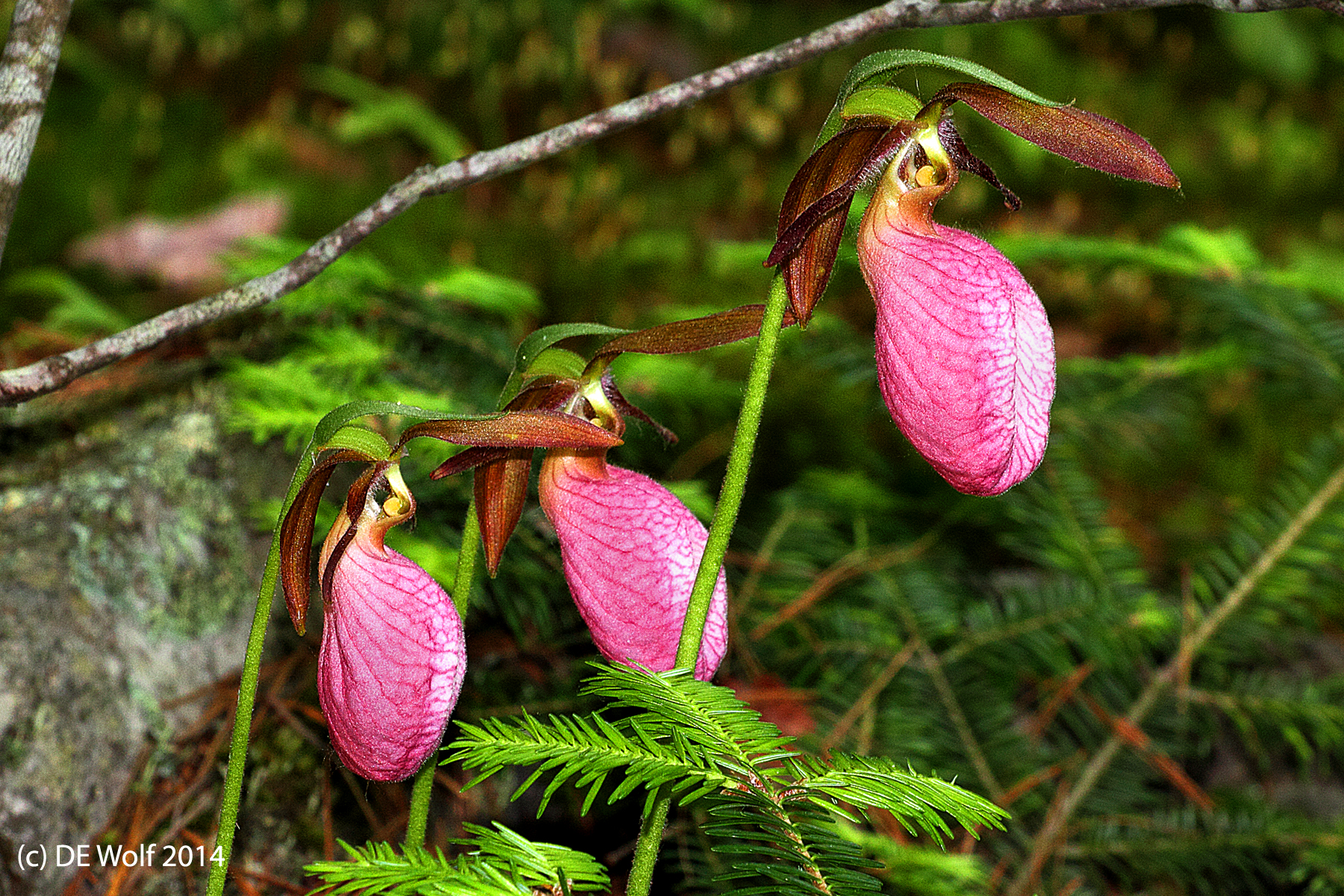
Figure 1 – Cypripedium acaule, the moccasin flower a wild lady slipper orchid, Cape Porpoise, ME. (c) DE Wolf 2014.
It was a bit of a gloomy day. Still I thought that it might be rewarding to take a short walk through the woods in Cape Porpoise, ME. This was scrubby dense forest with lots of birches and hemlocks. It drew on by the loud cacophony of birds, perhaps crows, screaming deep among the trees. Well, I was rewarded. My eye was captured by a bit of magenta which turned out to be a wild orchid, Cypripedium acaule – so-called moccasin flower. And then I started looking and realized like magical beings they were hiding all around me.
As it turns out this is precisely the ideal time to observe these beautiful pink lady’s slippers. We must admire these wild beauties with a certain respect and reverence. They are essentially impossible to cultivate and yet seem to have a fairly easy time of finding just the right soil and conditions in these northern forests. Seeing them first hand offers a kind of peaceful serenity that befits the fact that the root of lady’s slippers has historically been valued for its sedative properties and used as a remedy for nervousness, tooth pain, and muscle spasms.
The moccasin flower has a symbiotic relationship with a soil fungus called Rhizoctonia. Unlike most seed these orchid seeds do not have the fuel to grow and require the fungal threads to break them open and share food, I suppose like a mother bird feeding its fledglings. Then when the plant is older the fungus reverses the process extracting nutrients from the roots.
The other fascinating aspect of the lady slipper is that it lures bee’s to its marvelous pouch where alas poor bee finds no nectar. Hairs within the pouch direct the bees to the only exit of escape where they must brush against the stigma to be coated with pollen to carry to another flower. This is Darwinian evolution at its most magnificent.
But I digress. I retreated the forest to locate my tripod and return to these beautiful orchids which I spent some time photographing. Figure 1 is one of the results. The blah-dee-blah may be of some interest, since it was heavily overcast and drizzling at times. I wanted some sharpness of detail on the complex flower and a reasonable amount of depth of field. In this particular image I filled with light from the on camera flash. ISO 400, -1 exposure compensation, f/11.0 at 1/25th sec, EF70-200mm f/4L USM lens at 140 mm.

So, would you describe this area as woodland, or marine rain forest? Great story!
I think woodland. The weather patterns in Maine and the terrain don’t favor rain forests like in the Pacific Northwest.
I always noticed that you had sharp eyes for hidden objects during our walks (kind of fortune-favored boy). I remember a story of Thoreau who was known to discover objects during his walks. He is taking his friend for a walk and casually points to a corner in which lies a sharpened stone tool which turned out be an authentic monolithic shaped by first people who inhabited America for hunting.